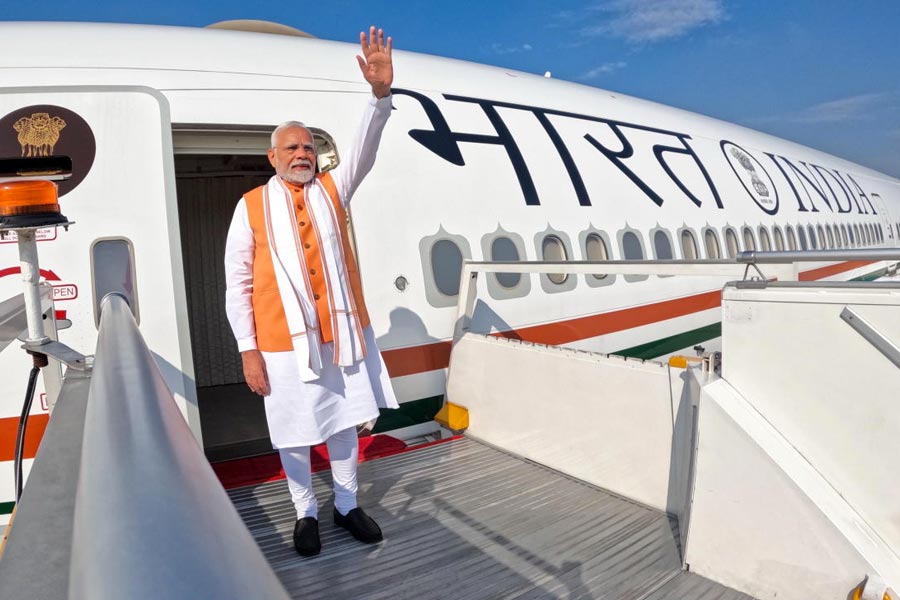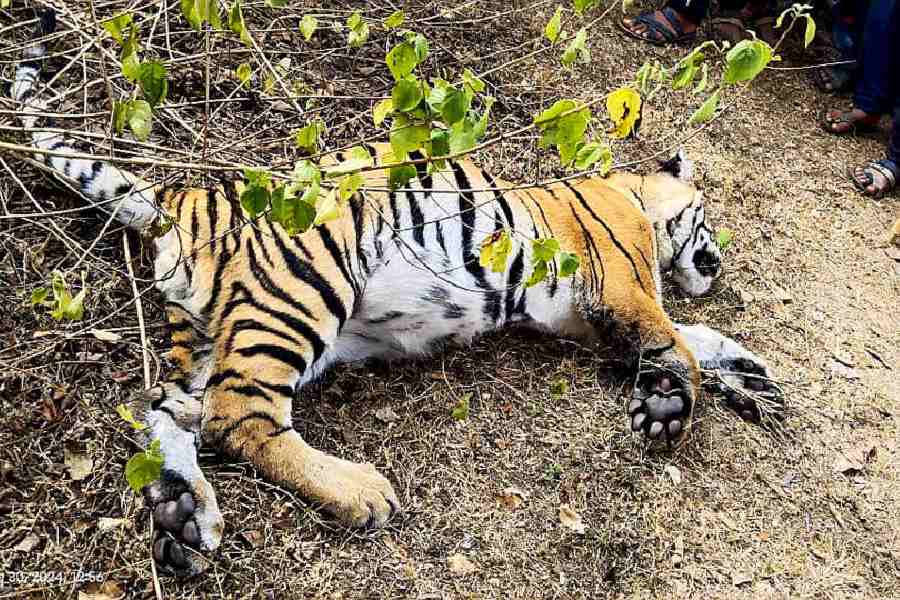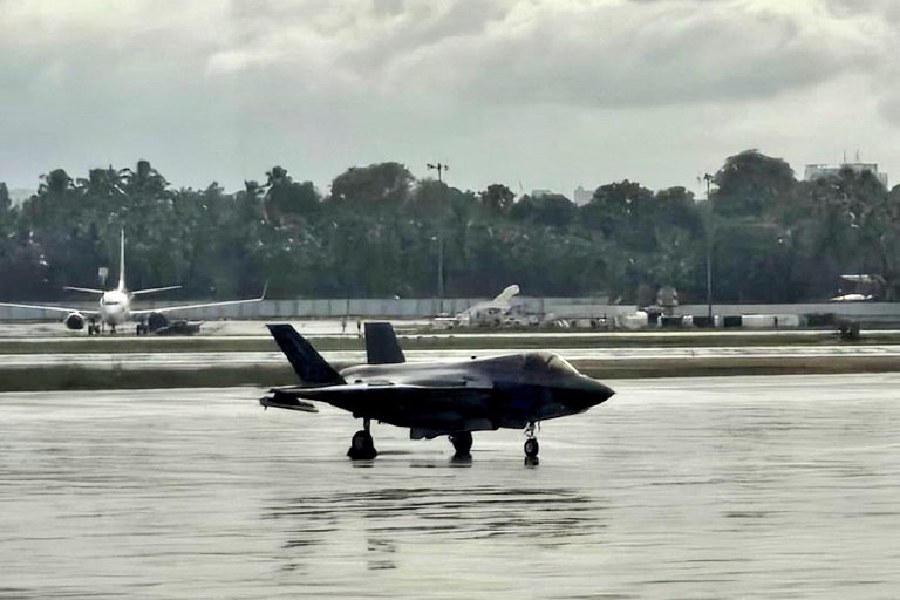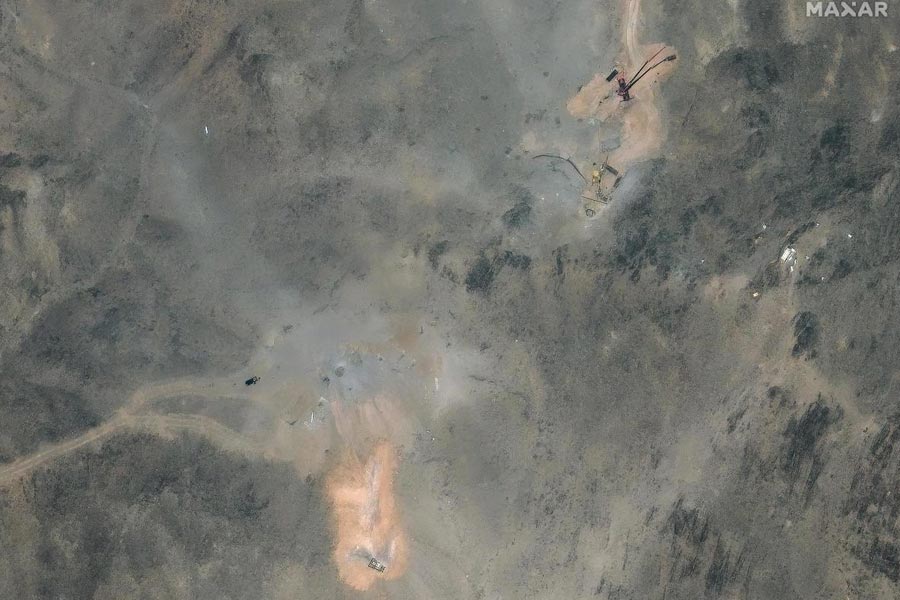PEOPLE'S HISTORY OF INDIA PREHISTORY
By Irfan Habib,
Tulika, Rs 160
The legendary historian, Irfan Habib, better known for his contribution to medieval Indian history, has recently started a new series of 'People's History of India', to be published in the form of successive monographs. The anxiety of reading a pre-history by a medieval historian quickly disappeared after flipping through the first few pages.
The first of these monographs has been titled Prehistory and deals with the early stages of human existence in India, prior to the discovery of any written records. As expected, the author, by his simple and lucid style, has ensured that the monograph not only caters to the academic world, but also to lay readers.
This treatise is divided into three chapters. In the first, Habib deals with the geological formation of India, taking into account the climatic changes, natural vegetation and wildlife since the Pleistocene age (about two million years ago). Taking the cue from Darwin's theory of evolution, Habib draws a similar line of argument. Changes in the earth's crust resulted in the formation of continents and other land masses. Habib says, 'what is now India is supposed, in this theory, to have belonged to a supercontinent designated 'Gondwanaland' situated in the southern hemisphere'.
To validate his point, the historian has made use of extensive maps and tables which goes to prove the detailed research he undertook. In his analysis of the climatic changes, natural vegetation and wildlife, Habib explains the various factors that affected the process. Interestingly, the historian's concern with conservation comes out in the following statement, 'The possible dangers from an utter degradation of nature (in respect to both plants and animals) to humanity itself are now being increasingly realized. Preserving whatever remains of nature should therefore become an important part of our endeavour'.
The second chapter tells the story of the evolution of the 'Anatomically modern man' from 'older ape-like creatures', which is best exemplified by the discovery of the earliest fossil, named 'Lucy'(dated approximately 3.2 million years ago). The Aligarh historian has used different figures to illustrate in a chronological sequence the fossil skulls and stone tools found in different sites across the world. He places the emergence of the early man in India within the broader spectrum of the evolutionary process. Other illustrations in the book show the diffusion of the human species and tool cultures from Africa to India. Habib concludes the chapter by saying, 'the Anatomically Modern Man, thus, by both absorption and elimination, brought about the total extinction of the earlier hominid species not only in India but throughout the Old World'.
The last section of this book describes the coming of agriculture and domestication of animals, in short, the 'Neolithic revolution'. This term was first popularized by the well-known archaeologist, Gordon Childe, in his masterly work, Man makes himself. There has been a lot of criticism about the application of the term to Mehergarh, where changes occurred over a span of 3,000 years. Habib argues that the term can be applied because Mehergarh bears witness to all
that makes up for a 'Neolithic'
revolution.
The rest of the book describes the various 'Neolithic cultures' found in central, eastern and southern India after 3000 BC. To help students of history as well as the interested reader to increase their knowledge about the present subject, Habib has summed up the existing debates, theories and given an exhaustive bibliography at the end of each chapter.
One is forced to admit that Habib has broken the cliché about a medieval historian not being able to do justice to a different period of historical time. The cover illustration of this book is simple and attractive in its own way. It has given the monograph an added edge.
 Wednesday, 02 July 2025
Wednesday, 02 July 2025









